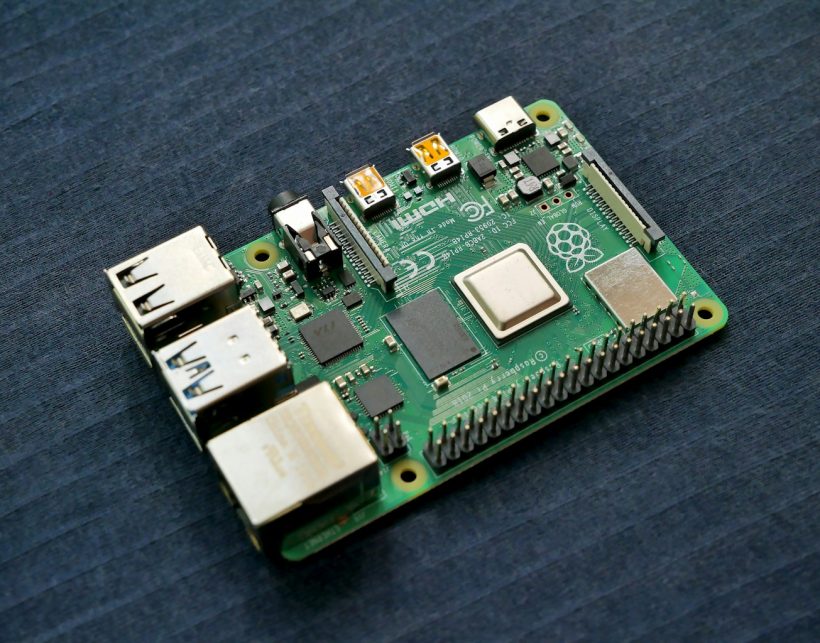on March 18, 2025

Prototyping is an essential step in web development that helps teams visualize, test, and refine their ideas before writing a single line of code. By creating interactive prototypes, developers and designers can align on a project’s functionality and design, reducing the risk of costly revisions later in the process.
Prototyping web development is a time-saving approach that improves collaboration, accelerates workflows, and enhances the final product’s quality. This guide explores the importance of prototyping, tools to use, and best practices to implement it effectively in your web development projects.
What Is Prototyping in Web Development?
Prototyping in web development involves creating a preliminary model of a website or application that represents its structure, functionality, and design. Prototypes can range from basic wireframes to fully interactive mockups, depending on the stage of development and project needs.
Types of prototypes include:
- Low-Fidelity Prototypes: Basic wireframes or sketches focusing on layout and structure.
- High-Fidelity Prototypes: Detailed and interactive mockups that resemble the final product.
For an introduction to prototyping, visit InVision’s Prototyping Guide.
Why Prototyping Saves Time
Aligns Team Expectations
Prototyping ensures that designers, developers, and stakeholders share a common understanding of the project’s goals and functionality.
Identifies Issues Early
Testing a prototype helps uncover design or usability flaws before development begins, saving time and resources.
Improves Client Communication
Prototypes provide a tangible representation of the project, making it easier for clients to provide feedback and approve designs.
Reduces Revisions
By resolving issues during the prototyping phase, teams can minimize revisions during development, accelerating the overall timeline.
Tools for Prototyping Web Development
Figma
Figma is a collaborative design tool that supports both wireframing and prototyping, allowing teams to create and share interactive designs in real time.
Adobe XD
Adobe XD offers features for creating high-fidelity prototypes, complete with animations and transitions.
InVision
InVision is a popular platform for creating interactive prototypes, gathering feedback, and collaborating with team members.
Axure RP
Axure RP is a robust tool for building advanced prototypes with dynamic content and conditional logic.
Sketch
Sketch is ideal for macOS users, providing intuitive tools for creating and sharing prototypes.
How to Prototype Effectively in Web Development
Define Goals
Before creating a prototype, clarify its purpose. Are you testing the layout, functionality, or user experience? Understanding the goals ensures that the prototype addresses specific project needs.
Choose the Right Fidelity
Select the appropriate level of fidelity based on the project phase:
- Use low-fidelity prototypes for brainstorming and early feedback.
- Use high-fidelity prototypes for detailed testing and client presentations.
Map Out User Journeys
Identify the key user flows and interactions to include in the prototype, focusing on the primary goals users will achieve on the site.
Use Interactive Elements
Incorporate clickable buttons, hover states, and transitions to simulate real user interactions. This helps stakeholders and testers better understand the functionality.
Gather Feedback
Share the prototype with team members, clients, and end-users to gather feedback. Use this input to refine the design and address potential issues.
Document Changes
Keep track of feedback and revisions to ensure that updates align with project goals and stakeholder expectations.
Benefits of Prototyping in Web Development
Improved Collaboration
Prototypes act as a shared reference point for designers, developers, and clients, fostering better communication and collaboration.
Enhanced User Experience
Testing prototypes with real users helps identify usability issues and refine the interface for a smoother experience.
Cost Efficiency
By addressing issues early, prototyping reduces the need for extensive revisions during development, saving both time and money.
Faster Approval
Interactive prototypes make it easier for clients to visualize the final product, leading to quicker approvals.
Best Practices for Prototyping
Start Simple
Begin with basic wireframes to focus on layout and structure. Add details and interactivity as the project progresses.
Test Early and Often
Conduct usability testing at multiple stages of prototyping to identify and resolve issues incrementally.
Focus on Key Features
Prioritize the most important features and user flows in your prototype to ensure that they align with project goals.
Involve Stakeholders
Invite stakeholders to review prototypes early and provide input to avoid surprises later in the process.
Iterate Continuously
Treat the prototype as a living document, updating it based on feedback and project changes.
Common Mistakes to Avoid in Prototyping
Overloading the Prototype
Including too many features or details in the prototype can overwhelm testers and stakeholders. Focus on core functionality first.
Skipping User Testing
Failing to test the prototype with real users may result in missed opportunities to improve usability.
Ignoring Feedback
Prototypes are only effective if feedback is incorporated into the design. Actively seek and address input from stakeholders and testers.
Using Inconsistent Tools
Ensure that the tools used for prototyping integrate well with your development workflow to avoid compatibility issues.
Real-Life Applications of Prototyping
E-commerce Websites
An online retailer used high-fidelity prototypes to test the checkout process with users, identifying friction points and improving conversion rates.
SaaS Platforms
A SaaS company created interactive prototypes to demonstrate new features to clients, receiving valuable feedback before development began.
Corporate Websites
A consulting firm developed wireframes and prototypes to present layout options to stakeholders, streamlining the approval process.
Monitoring the Effectiveness of Prototyping
Analyze Feedback
Review feedback from testers and stakeholders to identify recurring issues or suggestions for improvement.
Track Revisions
Monitor how many changes are made during development to measure the prototype’s impact on reducing revisions.
Evaluate User Engagement
Test the final product against the prototype to ensure that user engagement and functionality align with expectations.
Conclusion
Prototyping is a cornerstone of efficient web development, enabling teams to visualize, test, and refine their ideas before diving into code. By embracing prototyping web development, teams can save time, reduce costs, and deliver user-focused websites that meet client expectations.
For additional resources, explore tools like Figma or check out Nielsen Norman Group’s Prototyping Guidelines. With a well-executed prototyping process, your web development projects can achieve greater efficiency and success.
